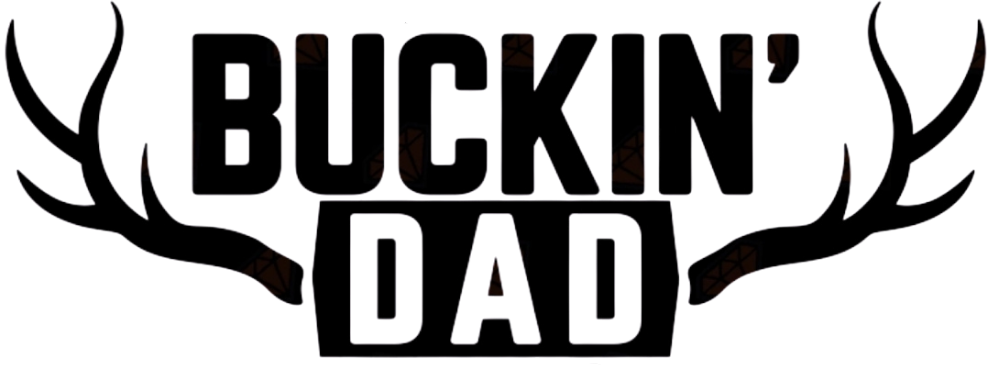Timing is everything when it comes to hunting. Understanding the best hunting seasons for each species helps ensure that you hunt during peak activity periods, giving you the best chance for a successful hunt. In this post, we’ll go over the ideal seasons for hunting various game animals, so you can plan your hunts effectively and maximize your chances of success.
🦌 1. Deer Hunting: The Rut and Fall Season
Best Season: Fall (October - December)
Deer hunting is most productive during the rutting season, which occurs in mid-November. During this time, bucks are more active and easier to track as they search for does.
-
Best Time of Day:
-
Dawn and Dusk are the best times to hunt for deer, as they tend to feed during these hours.
-
Look for deer near food sources like cornfields, acorn-rich trees, and water sources.
-
Pro Tip: Deer tend to move less cautiously during the rut, which gives you an opportunity to get closer and make the perfect shot.
🐗 2. Wild Boar: Year-Round Hunting
Best Season: Winter (December - February)
Wild boars are one of the few species that can be hunted year-round, but they’re especially active in the colder months. During winter, they forage more frequently to store fat for the colder months, which makes them easier to track.
-
Best Time of Day:
-
Nighttime or Early Morning: Wild boars are nocturnal creatures, so you’ll have the best luck hunting them at dusk or dawn.
-
Look near water sources like ponds or rivers, as boars tend to frequent these areas for drinking and mud baths.
-
Pro Tip: Boars tend to travel in groups, so if you spot one, there’s a chance others are nearby.
🦅 3. Turkey Hunting: The Spring Season
Best Season: Spring (April - May)
Turkey hunting is most successful in spring, particularly during the breeding season. Male turkeys (Toms) are highly active during this time as they search for mates.
-
Best Time of Day:
-
Early Morning: Turkeys are most active in the early morning when they leave their roosts to forage.
-
Late Afternoon: Turkeys become active again in the late afternoon when they head back to their roosting sites.
-
Pro Tip: Use turkey calls to mimic the sounds of other turkeys and attract Toms.
🦊 4. Coyote Hunting: Winter and Spring
Best Season: Winter (December - February)
Coyotes are active year-round, but hunting them during the winter months is particularly effective because the animals are easier to spot in snowy conditions, and they are more likely to be active looking for food.
-
Best Time of Day:
-
Dawn and Dusk: Coyotes are most active in the early morning and late evening when they forage for food.
-
Cold weather encourages coyotes to move more frequently, so you can track them more easily.
-
Pro Tip: Coyotes are smart and cautious, so use calls or decoys to attract them and increase your chances of a successful hunt.

🦅 5. Waterfowl Hunting: Fall to Winter
Best Season: Fall and Winter (October - January)
Waterfowl hunting is optimal during the migration periods, typically in the fall and winter months. Ducks and geese are migrating south to warmer regions, and this is when they’re most concentrated in certain areas.
-
Best Time of Day:
-
Early Morning: Waterfowl are often most active at dawn as they leave their roosting sites to feed.
-
Late Afternoon: They also return in the late afternoon to roost before nightfall.
-
Pro Tip: Use decoys and calls to simulate a flock and increase your chances of attracting waterfowl.
🦅 6. Upland Bird Hunting: Fall and Early Winter
Best Season: Fall (September - November)
Upland birds like pheasants, grouse, and quail are best hunted in the fall when they’re actively foraging and preparing for the colder months.
-
Best Time of Day:
-
Morning and Late Afternoon: Birds are usually most active in the early morning and late afternoon, feeding in fields, woodlands, or brushy areas.
-
Sunny days are optimal for bird hunting, as birds are more likely to forage in warm weather.
-
Pro Tip: Use bird dogs to help flush out and locate birds in dense brush.
🌲 7. Bear Hunting: Spring and Fall
Best Season: Spring (April - May) and Fall (September - November)
Bear hunting is effective during the spring and fall seasons, as bears are highly active during these times, either coming out of hibernation or preparing for winter.
-
Best Time of Day:
-
Dawn and Dusk: Bears are most active during these times as they forage for food.
-
Late Fall: Bears increase their eating habits before hibernation, making them easier to track.
-
Pro Tip: Bears are often drawn to berry patches and food sources in forests, so focus on these areas.
🧭 Final Thoughts
Knowing the best time to hunt for each species is crucial for maximizing your chances of success. By understanding the seasonal patterns and habits of your target animal, you’ll be able to plan your hunts strategically. Whether you’re chasing deer during the rut or hunting wild boar in winter, the right timing makes all the difference.





